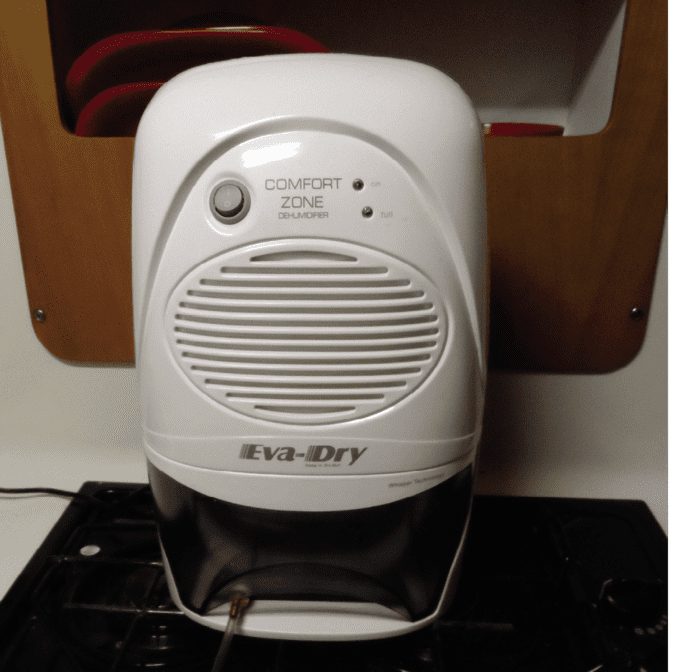In your recent report “Understanding Dew Point to Prevent Mildew,” (see Inside Practical Sailor blog) there is the comment, “curiously, the best way to prevent condensation in uninsulated spaces during winter is to let them go cold and restrict ventilation.” Does this mean that if I am leaving my boat in on a mooring buoy in the Pacific Northwest, I should close my hatches and plug the Dorades to restrict air flow?
Mike Hirko
Tayana Vancouver 42
Gig Harbor, WA
We could have been more clear in stating that we were speaking of occupied boats, when warm bodies are aboard and exhaling warm humid air. Farther down the same paragraph we implied this by saying, “Instead, only ventilate these spaces on the coldest, driest of days, when you can leave the boat and let the heater and dehumidifier do their work.”
If a boat is out of the water and unoccupied, full ventilation makes the most sense. The air inside and outside will be roughly the same temperature and condensation should be minimal. The bilge should be dry.
If the boat is in the water it is trickier. In the spring the water can be much colder than the air, and no amount of warm, humid air is going to dry the bilge when the water is below the dew point. You can’t dry a glass of ice water by leaving it out on the counter. You can keep the glass dry by running a dehumidifier and drying the air. A glass of ice water does not sweat in cold climates in the winter or in the desert in general, because in both cases the air is very dry.
The reverse problem can happen in the autumn, when the water is warm and the cabin gets cold. It can feel like a green house, with water running down the walls, unless the cabin is very well ventilated or the bilge is dry. In this case, the cabin walls are below the dew point of the air moving up from the relatively warmer bilges.
How do you run a dehumidifier if you are on a mooring? It’s a challenge. On my last boat I ran an Eva-Dry 2000 on a timer off my solar power system without ever plugging in. A small dehumidifier does not use much power and if the boat is closed up, there should not be much moisture to remove. I ran the dehumidifier only at night, because they are more efficient when the air temperature is lower.



































